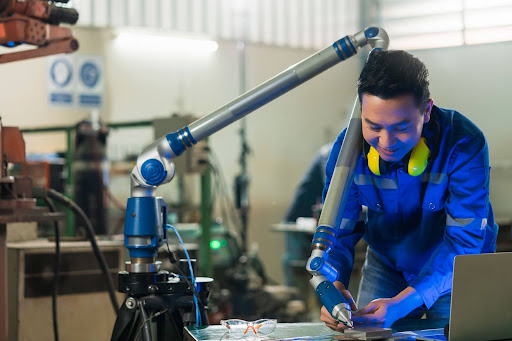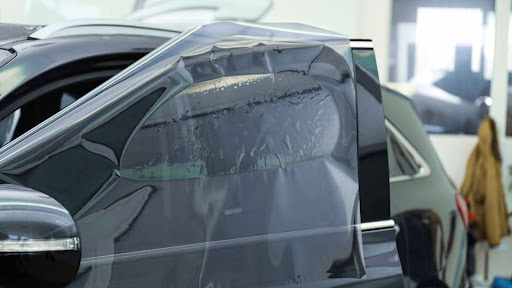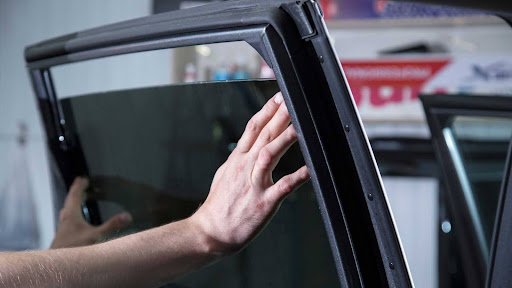Benefits Of Robotic Polishing In Optical Manufacturing
In the field of optical manufacturing, precision and consistency are essential to producing high-quality components. One of the most critical processes in this industry is optical lens polishing, which ensures the smoothness and accuracy required for lenses, mirrors, and other optical elements. Traditionally, polishing was done manually, requiring highly skilled workers and significant time investment. However, with the advent of robotic polishing, manufacturers can now achieve superior results with greater efficiency. This article explores the key benefits of robotic polishing in optical manufacturing, supported by relevant facts and insights.
1. Unmatched Precision and Consistency
Robotic polishing systems are designed to work with extreme accuracy, ensuring that every optical component meets stringent quality standards. Unlike manual polishing, which can introduce inconsistencies due to human fatigue or error, robotic polishing delivers uniform results across all batches.
- Advanced robotic systems can maintain tolerances as precise as a few nanometers, which is critical for high-performance optical applications.
- Optical components for telescopes, microscopes, and high-end cameras require surfaces with roughness levels below one nanometer, which robotic polishing can consistently achieve.
2. Increased Efficiency and Productivity
Automation significantly reduces the time required to polish optical components. While manual polishing can take hours or even days, robots can complete the same task in a fraction of the time.
- According to industry reports, robotic polishing can increase production rates by up to 50%, allowing manufacturers to meet growing demands more efficiently.
- Automated polishing systems can run 24/7 without breaks, maximizing throughput and minimizing downtime.
3. Cost Savings in the Long Run
Although the initial investment in robotic polishing systems can be high, the long-term cost benefits outweigh the expenses. Reduced labor costs, minimized material waste, and improved efficiency lead to substantial savings.
- Manufacturers report up to 30% reduction in operational costs due to lower labor requirements and material savings.
- Automated systems optimize the use of polishing compounds, reducing waste and environmental impact.
4. Reduced Risk of Human Error and Material Waste
Manual polishing requires significant expertise, and even the most skilled technicians can introduce errors that lead to defects or rework. Robotic polishing eliminates these risks by following programmed paths with precision.
- Studies show that robotic systems reduce defect rates by up to 40%, leading to fewer rejected components and lower waste.
- Automation ensures that each part meets exact specifications, minimizing variations and improving overall yield.
5. Improved Worker Safety and Ergonomics
Optical polishing often involves handling delicate components, exposure to fine abrasives, and repetitive hand movements that can lead to worker fatigue and injuries. Robotic systems take over these demanding tasks, creating a safer work environment.
- The use of robotic polishing significantly reduces occupational hazards, such as repetitive strain injuries and exposure to harmful chemicals.
- Workers can be reassigned to higher-value tasks, such as quality control and system maintenance, enhancing job satisfaction.
6. Scalability and Flexibility
Robotic polishing systems can be easily reprogrammed to handle different types of optical components, making them highly versatile. Whether polishing small lenses or large telescope mirrors, automation provides a scalable solution for manufacturers.
- Modern robotic systems can adjust polishing parameters in real time, ensuring optimal performance for various materials and geometries.
- This flexibility allows manufacturers to respond quickly to market demands and new technological advancements.
7. Enhanced Surface Quality for Advanced Applications
With increasing demand for high-precision optics in aerospace, medical imaging, and consumer electronics, surface quality has never been more critical. Robotic polishing enables manufacturers to meet these high standards consistently.
- In aerospace applications, robotic polishing ensures that optical components meet the stringent requirements of space telescopes and satellite imaging systems.
- Medical devices, such as endoscopes and laser systems, rely on ultra-smooth optical surfaces for accurate imaging and diagnostics.
Conclusion
The integration of robotic polishing in optical manufacturing has revolutionized the industry by improving precision, efficiency, and cost-effectiveness. With benefits such as reduced defect rates, enhanced surface quality, and better worker safety, robotic polishing has become an indispensable tool for manufacturers. As technology continues to advance, we can expect even greater innovations in automated optical polishing, further pushing the boundaries of what is possible in optics.







